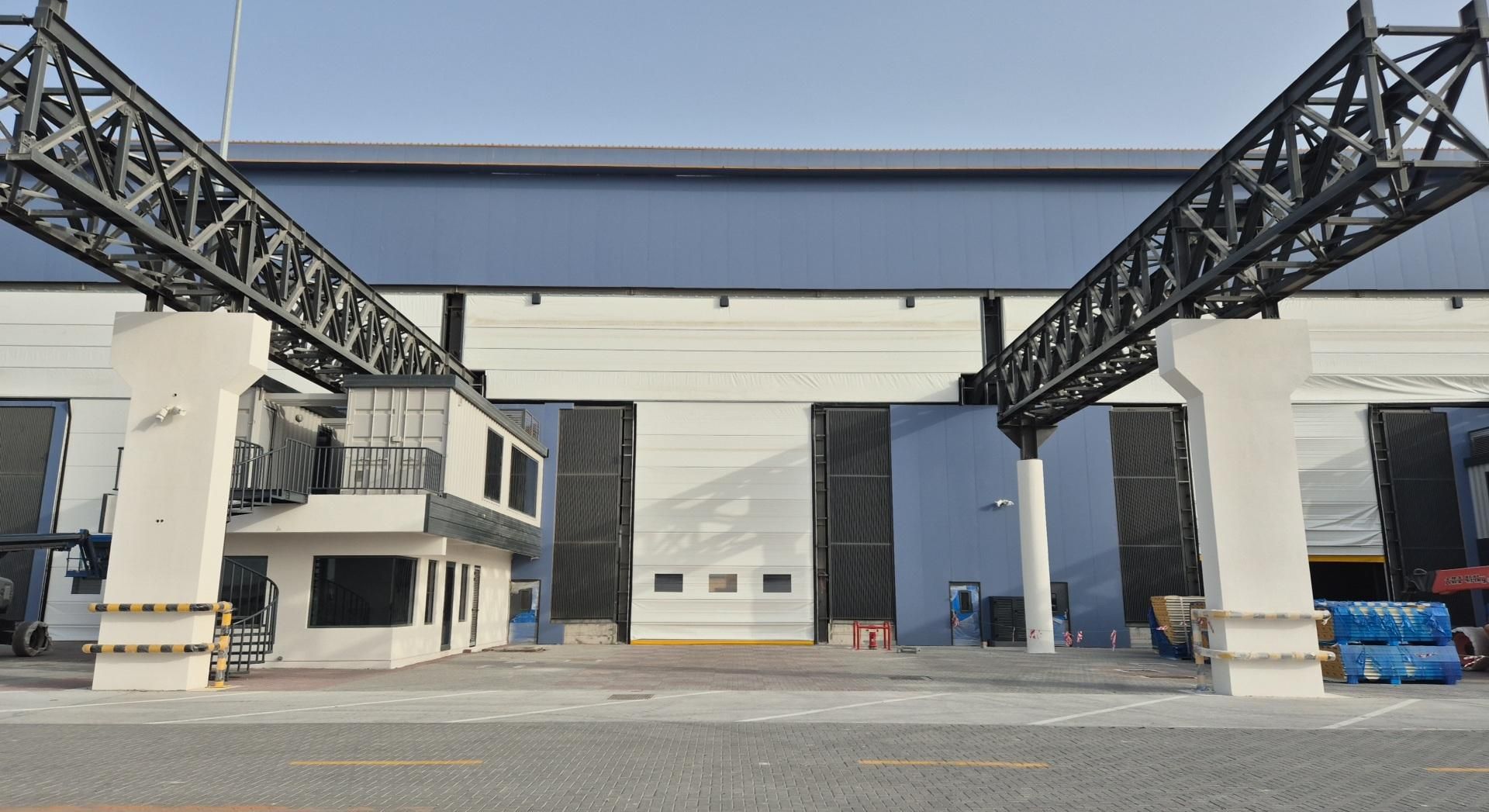

An industrial unit is a designated space within an industrial zone designed to support manufacturing, processing, fabrication, assembly, or warehousing operations. These purpose-built facilities vary in size and capability and can range from compact workshops for small businesses to large-scale structures for heavy industries. Industrial units form the backbone of industrial economies, enabling companies to operate efficiently with access to essential infrastructure, logistics, and utilities.
The two primary types—Light Industrial Units (LIUs) and Heavy Industrial Units (HIUs)—cater to vastly different business models, regulatory requirements, and space specifications.
This article breaks down both categories to help businesses make informed decisions.
Light Industrial Units are designed for operations that involve minimal environmental impact and limited use of heavy machinery. These units are typically suitable for assembly, light manufacturing, small-scale fabrication, technology prototyping, and repair services.
Most LIUs are single-storey spaces with high ceilings (6–9 metres) to accommodate vertical storage or mezzanine floors. They often include loading docks, roller shutters, and basic fire safety systems. Modern units are connected to high-speed internet, power supply under 50kW, and have energy-efficient lighting.
Many new-generation LIUs come with solar-ready roofs, natural lighting designs, and energy-saving systems to align with ESG standards and future-proof the facility.
Heavy Industrial Units are built to accommodate more intensive operations that involve larger equipment, higher power consumption, and stricter safety requirements. They are located in heavy industrial zones due to their impact on the environment, infrastructure, and logistics.
HIUs are designed for constant movement of raw and finished materials. They often include wide truckways, multiple loading docks, high-capacity weighbridges, and crane access. Structural eaves typically exceed 10 metres, and floors bear loads up to 20MT/sqm.
Due to the nature of heavy industries, these units are equipped with:
Many HIUs are built-to-suit to meet very specific machinery layouts, workflow configurations, and safety standards. This includes modular partitions, automated ventilation systems, and access control gates.